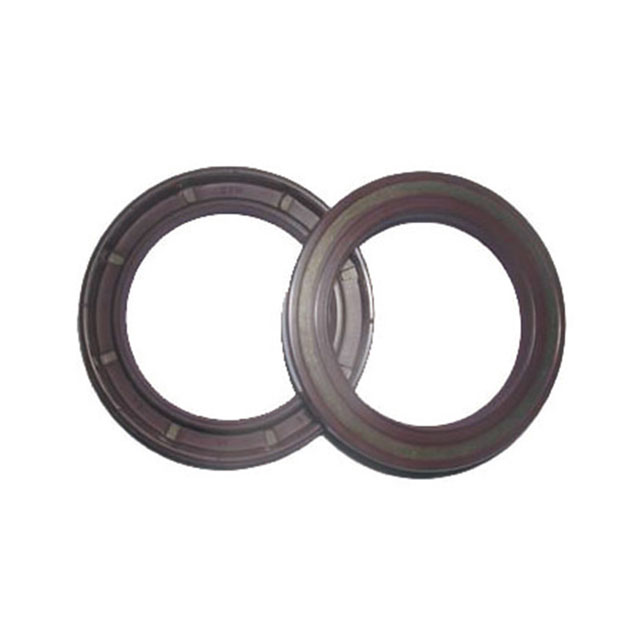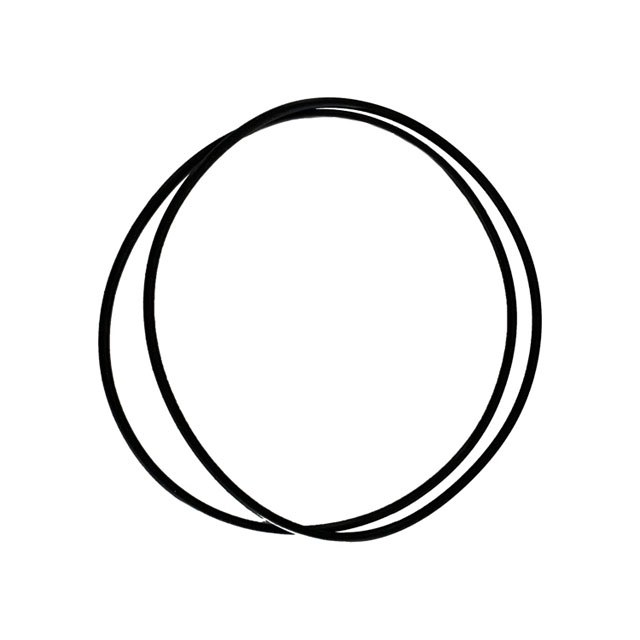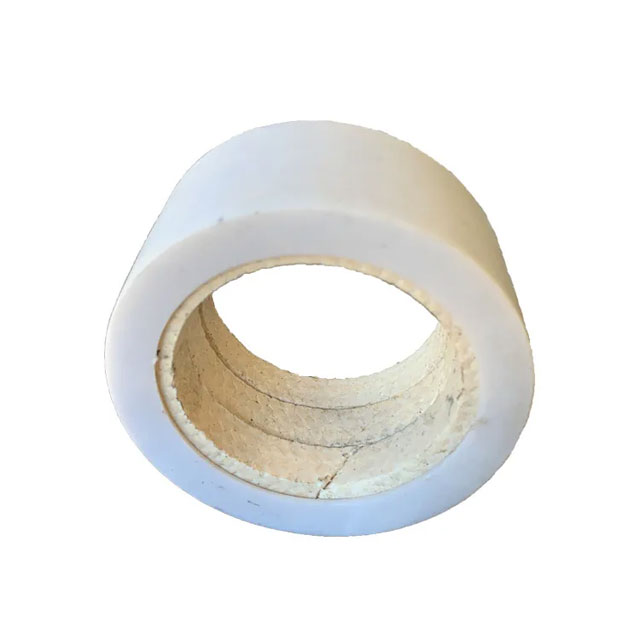WhatsApp: 86-13735815206 / 86-17392256505
WeChat: 86-13735815206 / 86-17392256505
Phone: 86-29-88680837
Mail: sales@hlsolidscontrol.com
Add: Room 804, Building 1, Western Cloud Valley Phase II, Fengxi New Town, Xixian New District, Shaanxi Province
WeChat: 86-13735815206 / 86-17392256505
Phone: 86-29-88680837
Mail: sales@hlsolidscontrol.com
Add: Room 804, Building 1, Western Cloud Valley Phase II, Fengxi New Town, Xixian New District, Shaanxi Province
Key functions of a mud storage tank
Time: 2023-08-09 Source: HL Petroleum Author: hlsolidscontrol
Key functions of a mud storage tank include:
1. Storage: Drilling mud is stored in these tanks before it is pumped down the wellbore during drilling operations.
2. Mixing: New batches of drilling mud are often mixed in these tanks, ensuring the right consistency and properties for effective drilling.
3. Treatment: Used mud from the drilling process can be returned to the mud storage tank for treatment, which may involve separating solids from liquids and adding chemicals to adjust the mud properties.
4. Circulation: Mud storage tanks are part of the drilling mud circulation system, where the mud is pumped down the drill string, circulated up the annulus, and returned to the tank for reuse.
5. Settling and Separation: Solids that settle out from the mud can be removed from the tank to prevent buildup and maintain mud quality.


It's important to note that the design and specifications of the mud storage tank can vary depending on the specific requirements of the drilling operation, the type of drilling mud being used, and the environmental regulations in place. Proper management of drilling mud and mud storage tanks is essential for safe and efficient drilling operations.
1. Storage: Drilling mud is stored in these tanks before it is pumped down the wellbore during drilling operations.
2. Mixing: New batches of drilling mud are often mixed in these tanks, ensuring the right consistency and properties for effective drilling.
3. Treatment: Used mud from the drilling process can be returned to the mud storage tank for treatment, which may involve separating solids from liquids and adding chemicals to adjust the mud properties.
4. Circulation: Mud storage tanks are part of the drilling mud circulation system, where the mud is pumped down the drill string, circulated up the annulus, and returned to the tank for reuse.
5. Settling and Separation: Solids that settle out from the mud can be removed from the tank to prevent buildup and maintain mud quality.


It's important to note that the design and specifications of the mud storage tank can vary depending on the specific requirements of the drilling operation, the type of drilling mud being used, and the environmental regulations in place. Proper management of drilling mud and mud storage tanks is essential for safe and efficient drilling operations.



